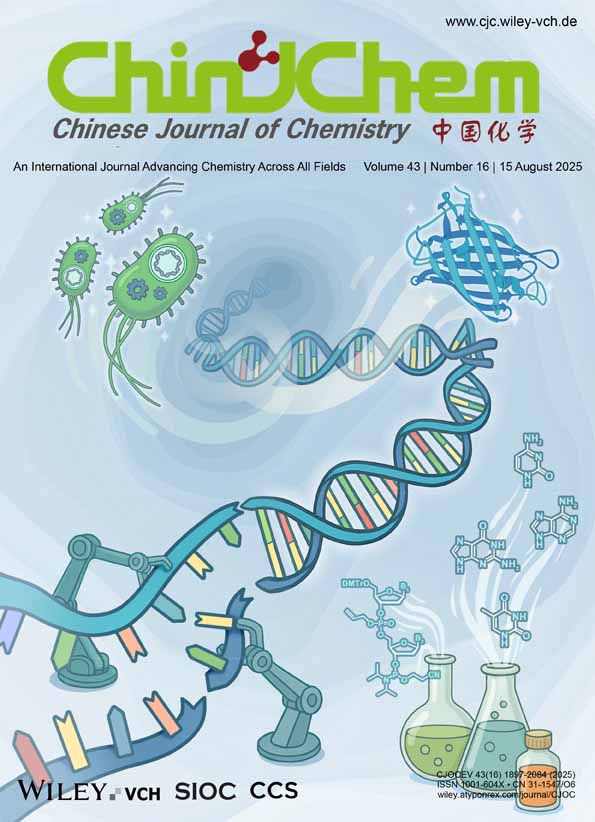Studies on hypersensitive transitions of Nd(III) in Nd(III)-0-diketone-neutral ligand ternary compounds
Abstract
In this paper, hypersensitive transitions of Nd( I) in Nd( I )-β-diketone-neutra] ligand ternary coordination compounds (where p-diketone = acetylacetone (AA), benzoylacetone (BA), dibenzoylmethane (DBM), 2-thenoyl trifluoroacetone (TTA); neutral ligand = pyridine (Py). cr.a′-dipyridyl (Dipy), phenanthroline (Phen) are studied and their intensities are given through dynamic coupling model. The results are in agreement with those observed and calculated using Judd-Ofelt equation. It may be seen that the dynamic coupling mechanism provides major contribution to the intensity of hypersensitive transition. On the other hand, in order to get the intensity of 4I9/1→4G5/2 transition, the absorption spectra in 560–610 nm have been decomposed into three peaks by nonlinear fitting with Lorentzian and Gaussian function and the “pure” intensities of hypersensitive transitions have been obtained, which are agreeable to those computed by Judd-Ofelt method and dynamic coupling model.




